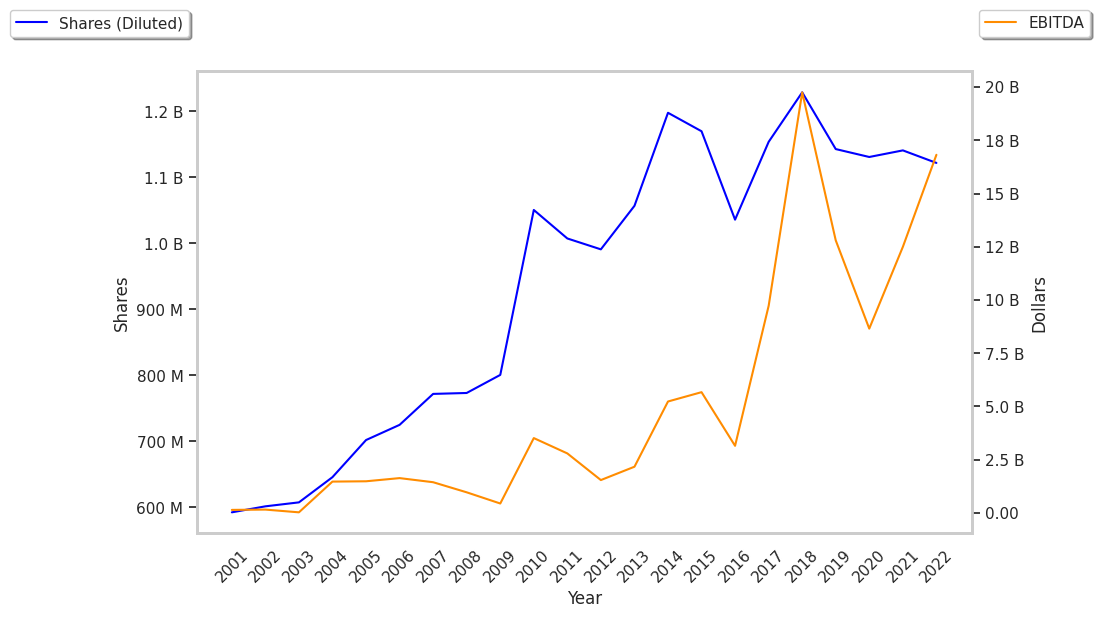Micron Technology's price surge today seems to be confirming the bullish analyst outlook on the stock. Ending the day at $109.5, MU has posted 14.3% gains, pushing the valuation of the stock even higher. Might the stock be overvalued, despite its buy rating?
Micron Technology has a P/E ratio of 156.4 based on its 12 month trailing earnings per share of $0.7. Considering its future earnings estimates of $12.91 per share, the stock's forward P/E ratio is 8.5. In comparison, the average P/E ratio of the Technology sector is 31.58 and the average P/E ratio of the S&P 500 is 28.21.
Micron Technology's P/E ratio tells us how much investors are willing to pay for each dollar of the company's earnings. The problem with this metric is that it doesn't take into account the expected growth in earnings of the stock. Sometimes elevated P/E ratios can be justified by equally elevated growth expectations.
We can solve this inconsistency by dividing the company's trailing P/E ratio by its five year earnings growth estimate, which in this case gives us a -4.16 Price to Earnings Growth (PEG) ratio. Since the PEG ratio is negative, the company's lofty valuation is not justified by its growth levels.
We can also compare the ratio of Micron Technology's market price to its book value, which gives us the price to book, or P/B ratio. A company's book value refers to its present equity value -- or what is left over when we subtract its liabilities from its assets. MU has a P/B ratio of 2.69, with any figure close to or below one indicating a potentially undervalued company.
A comparison of the share price versus company earnings and book value should be balanced by an analysis of the company's ability to pay its liabilities. One popular metric is the Quick Ratio, or Acid Test, which is the company's current assets minus its inventory and prepaid expenses divided by its current liabilities. Micron Technology's quick ratio is 1.592. Generally speaking, a quick ratio above 1 signifies that the company is able to meet its liabilities.
The last factor we will review in our value analysis of Micron Technology is its levered free cash flow, which is negative at $-6117000000. The levered free cash flow represents the sum of all of the company's inflows and outflows of capital in the last quarter. A negative value means that Micron Technology has no cash left over to re-invest in the business or to pay equity investors in the form of a dividend.
With most indicators pointing at a higher than average valuation with uncertain growth prospects, most analysts are either wrong about Micron Technology, or their research has uncovered one or more qualitative reasons to invest in the stock. For example, the strength of the management team and their plan for executing the business strategy may have convinced some analysts to give less weight to traditional quantitative factors.



